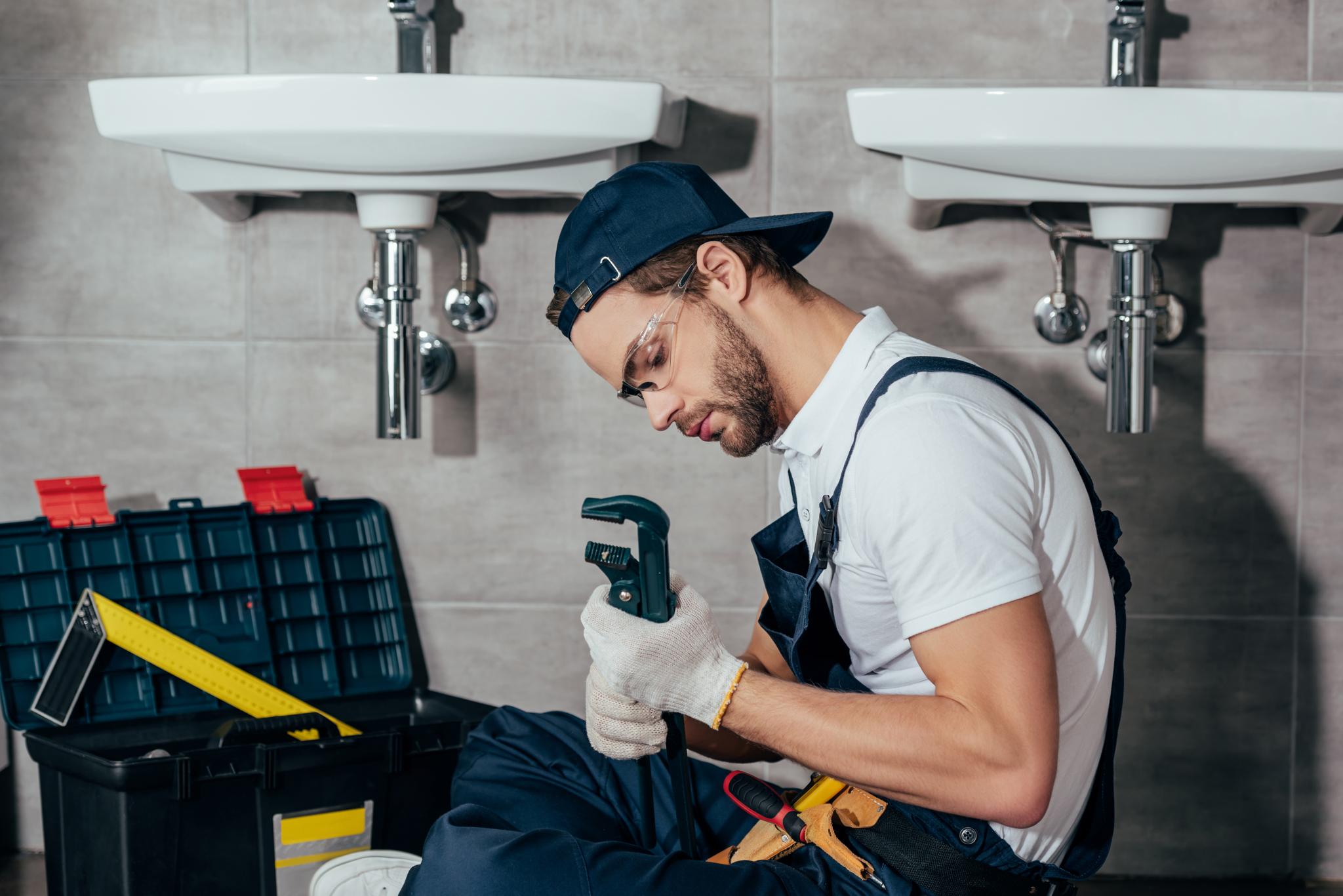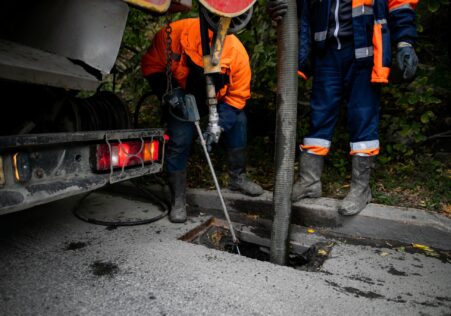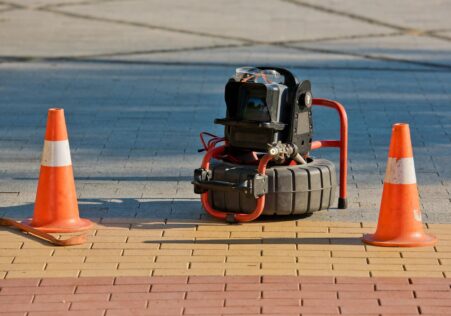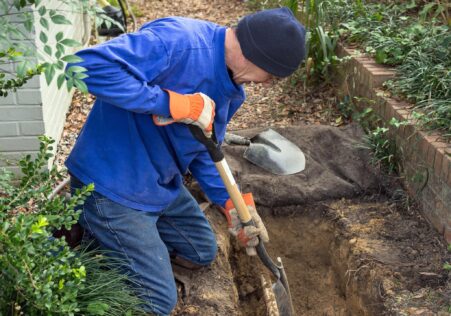How to Choose the Right Pipe Relining Material for Your Home
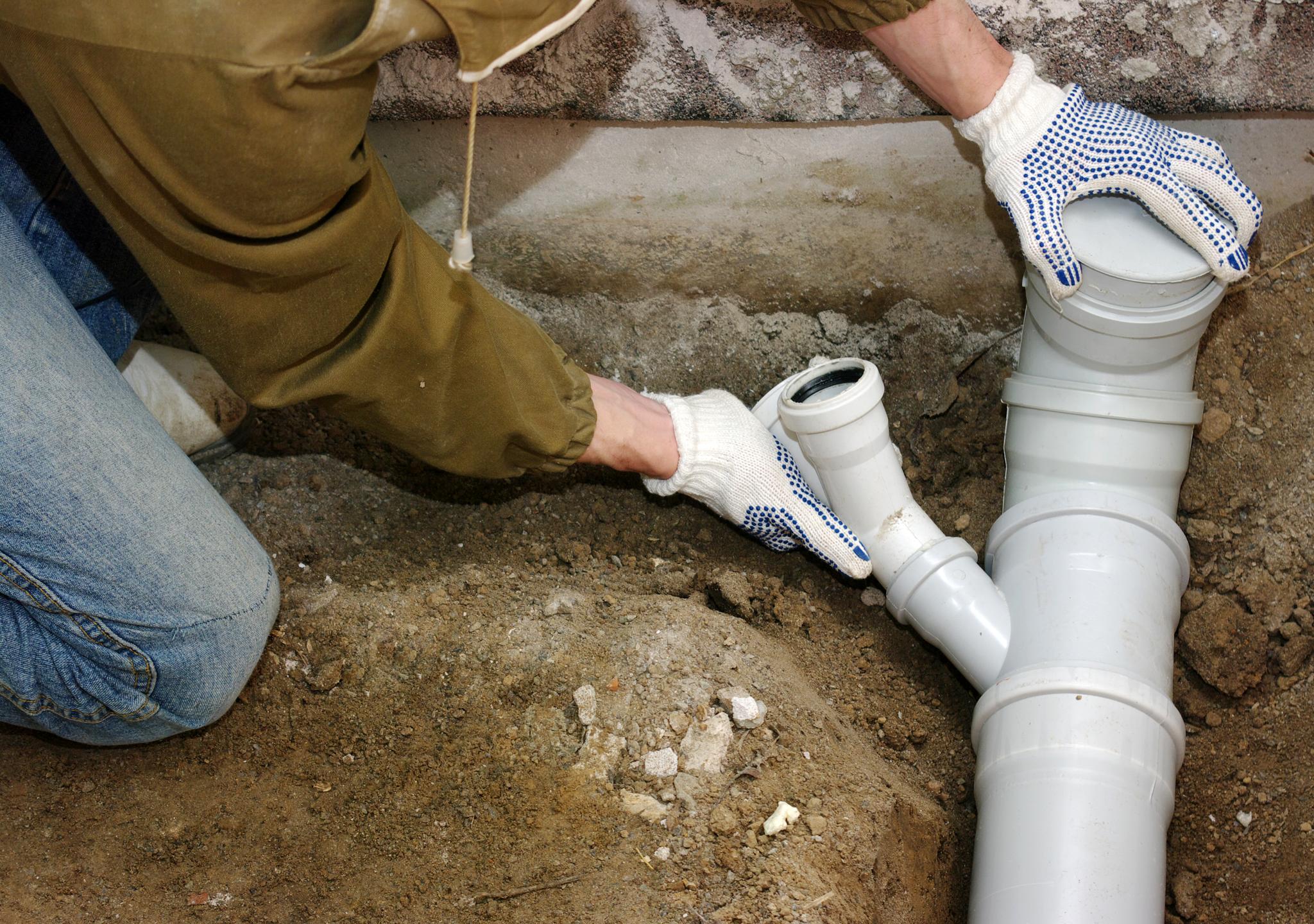
The maintenance of your home’s plumbing in good shape is crucial, but the pipes can wear out over time. The most common method for replacing them is to dig up and removing the old pipes. This can be messy and expensive. However, pipe relining can be an even alternative that is more cost-effective and convenient alternative.
Key Takeaways
- The process of relining pipes is a low-cost alternative to traditional replacement of pipes methods
- Choosing the right pipe relining materials is vital to its effectiveness and long-term durability.
- The factors to consider when selecting materials for pipe relining are the surroundings, flow capacity, durability, costs, and maintenance
- The types of materials used for pipe relining include Cured in-Place-Pipe (CIPP), Fiberglass Pipe Lining, along with Cast Iron Pipe Lining.
- Relining pipes makes a "pipe inside the pipe" which helps restore full functionality without the removal of existing pipes.
However, with the variety of options for pipe relining it is crucial to select the best one. This guide will assist you in understanding what factors to consider when choosing the pipe relining materials which is suited to your needs and budget.
What is Pipe Relining?
Before we dive into the process of selecting the correct pipe relining material, let’s quickly review what it is.
Pipe relining is an operation which involves the installation of an epoxy liner into damaged or degraded sewer lines water mains or any other underground piping systems preventing the root from infiltrating and leaking. It is basically creating a new "pipe inside an existing pipe" that assists in restoring full functionality without the removal of pipes that are already in use.
The advantages of pipe relining include:
- Minimizes excavation works
- Lowers the costs of traditional methods
- Much less messy than excavation
While there are many advantages selecting the right material for lining is crucial when it comes to effectiveness and long-term durability.
Considerations When Choosing Pipe Relining Materials
- Environmental: Another of the crucial things you need to think about when choosing the material for your pipe liner should be the environment. The external environment determines the durability of the liner and will not be impacted by impacts such as chemicals or humid conditions, among other.
- The capacity of a flow: The term "flow capacity" could refer to the amount of liquid that passes smoothly throughout your plumbing when you install new lines.
- Durability: Durability determines how long it will last when exposed to tough environments like excess moisture levels, chemicals among other tough conditions.
Costs
Additional Information
- A Comprehensive Overview of CCTV Drain Inspection for Your Home
- Natural Methods for Keeping Your Shower Drain Free of Blockages
- Get Ready for Your Close-up: Tips on How to Prepare for a CCTV Inspection of Your Drains
- The Top Causes of Blocked Drains You Need to Know
- The Importance of Professional Drain Cleaning for Your Family's Health and Safety
- Protect Your Condo's Property Value with Long-Lasting Trenchless Pipe Relining
- How to Prevent Your Drains from Getting Blocked
- How to Tell You Need Drain Clearing Services for Your Business
- Why Your Business Needs Periodic Drain Inspection and Cleaning
- Blocked Drain Emergency? Here’s What You Need to Know About DIY vs. Professionals


